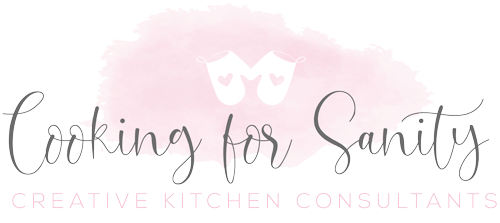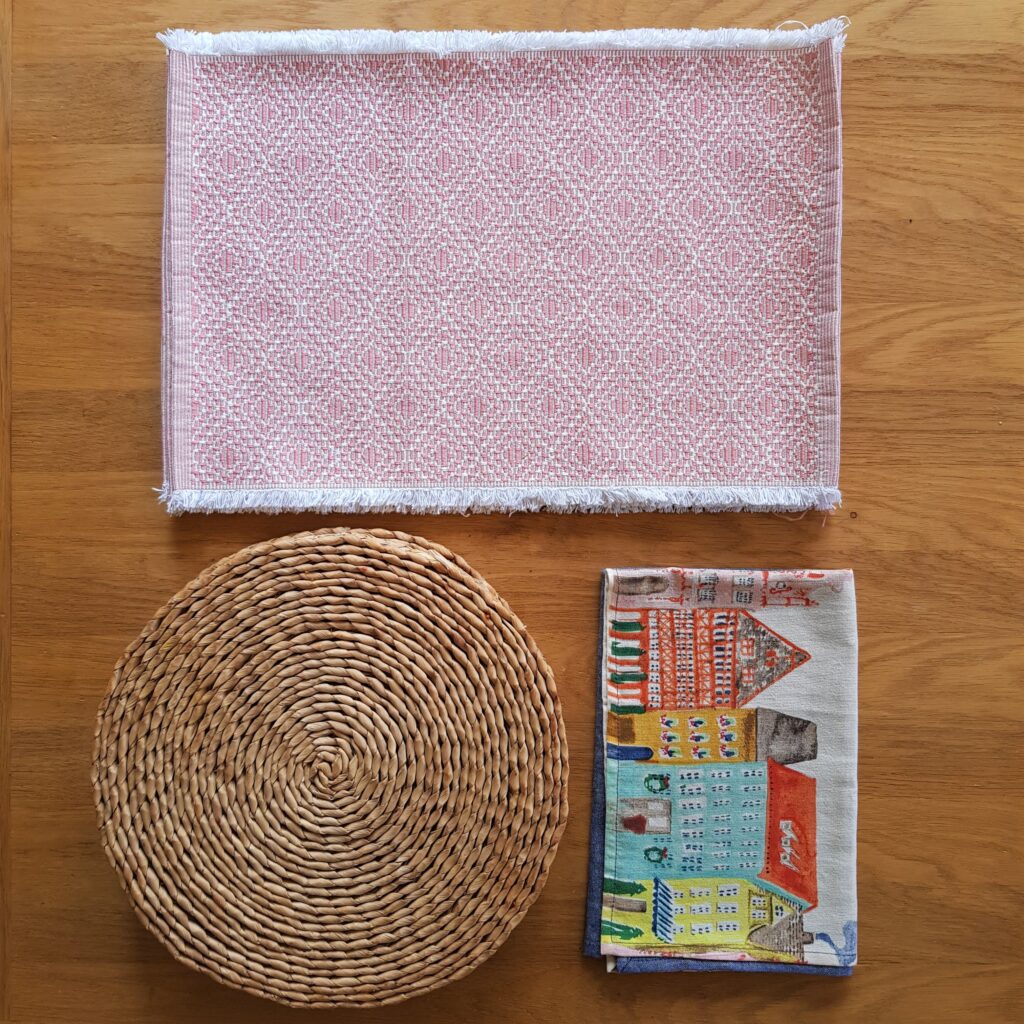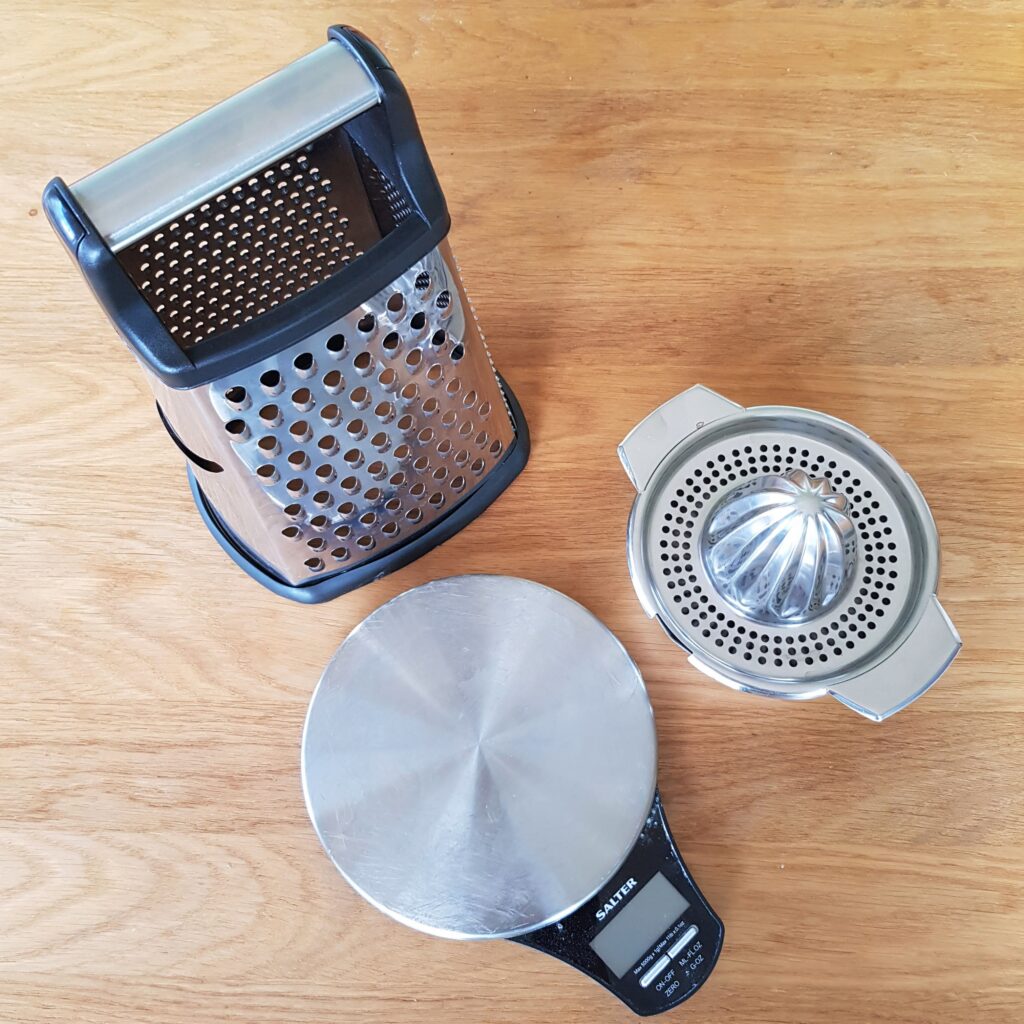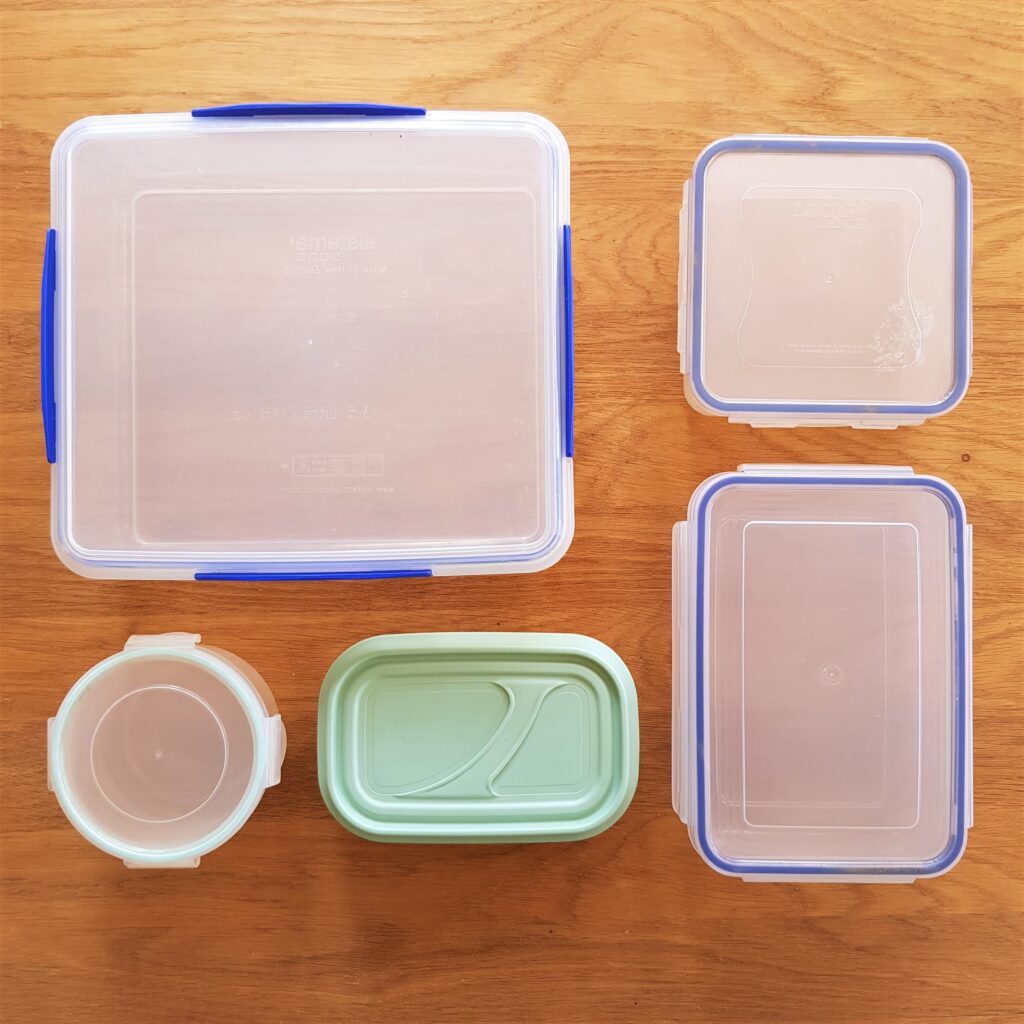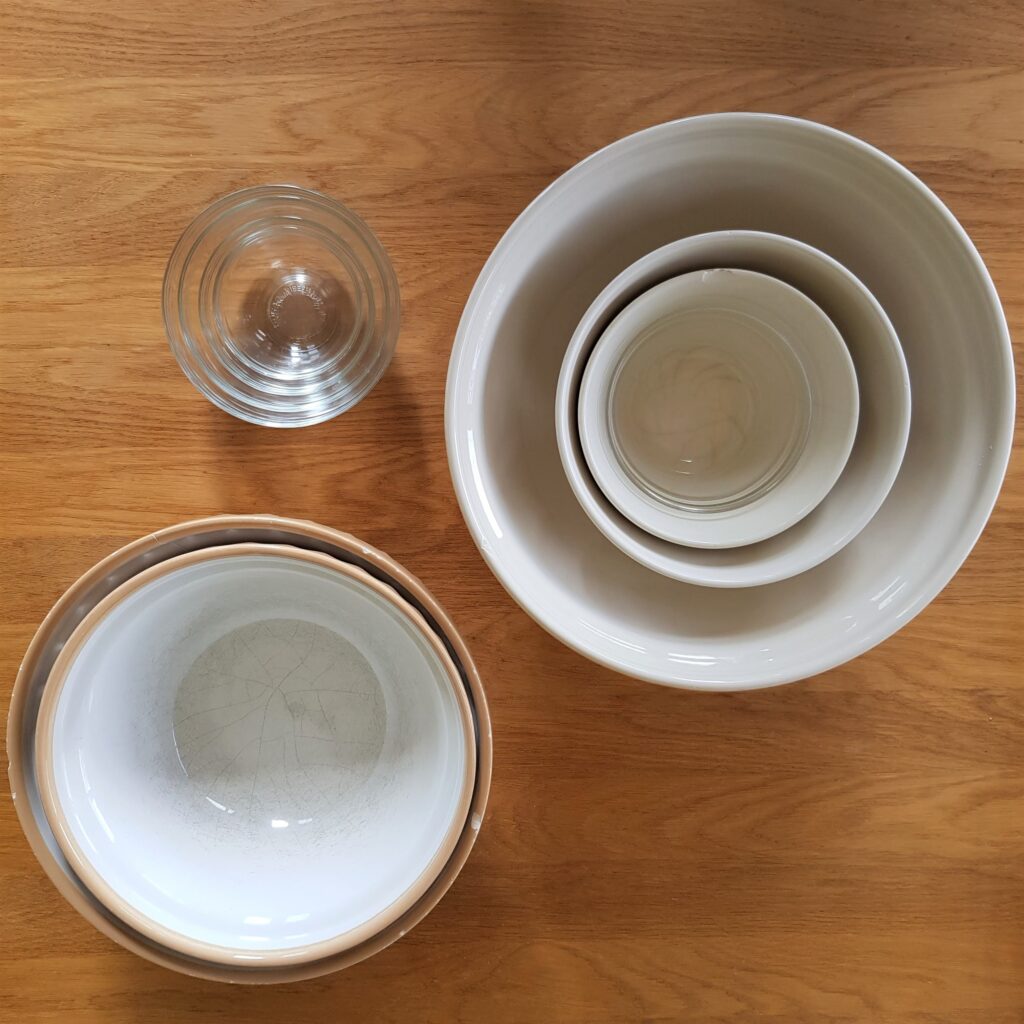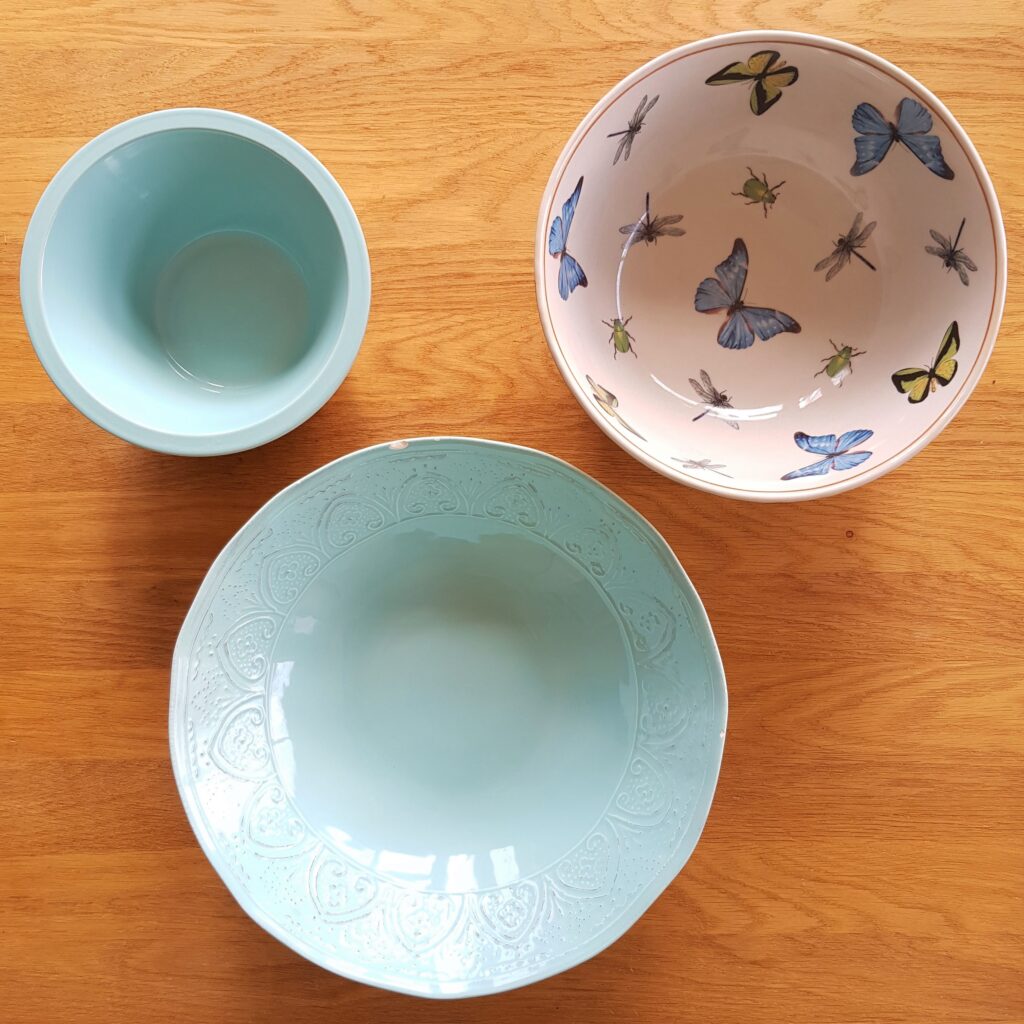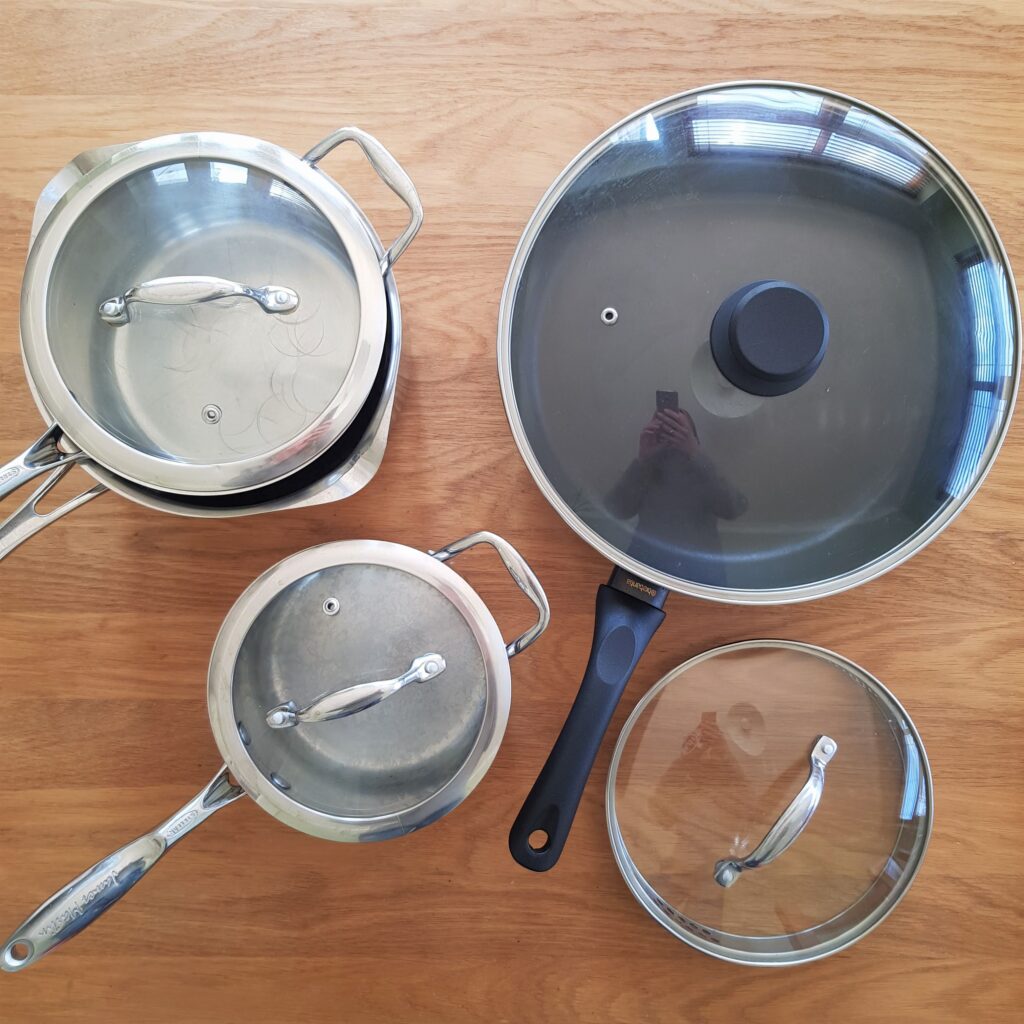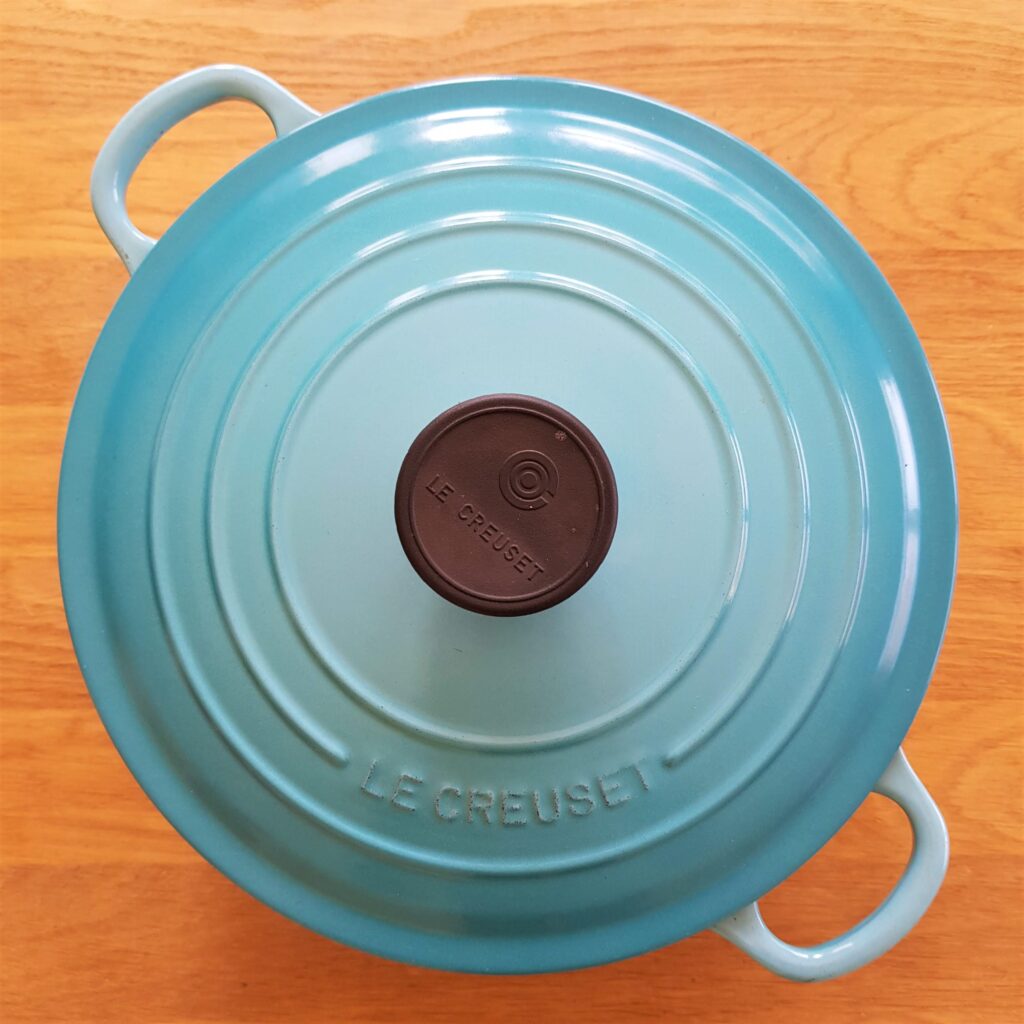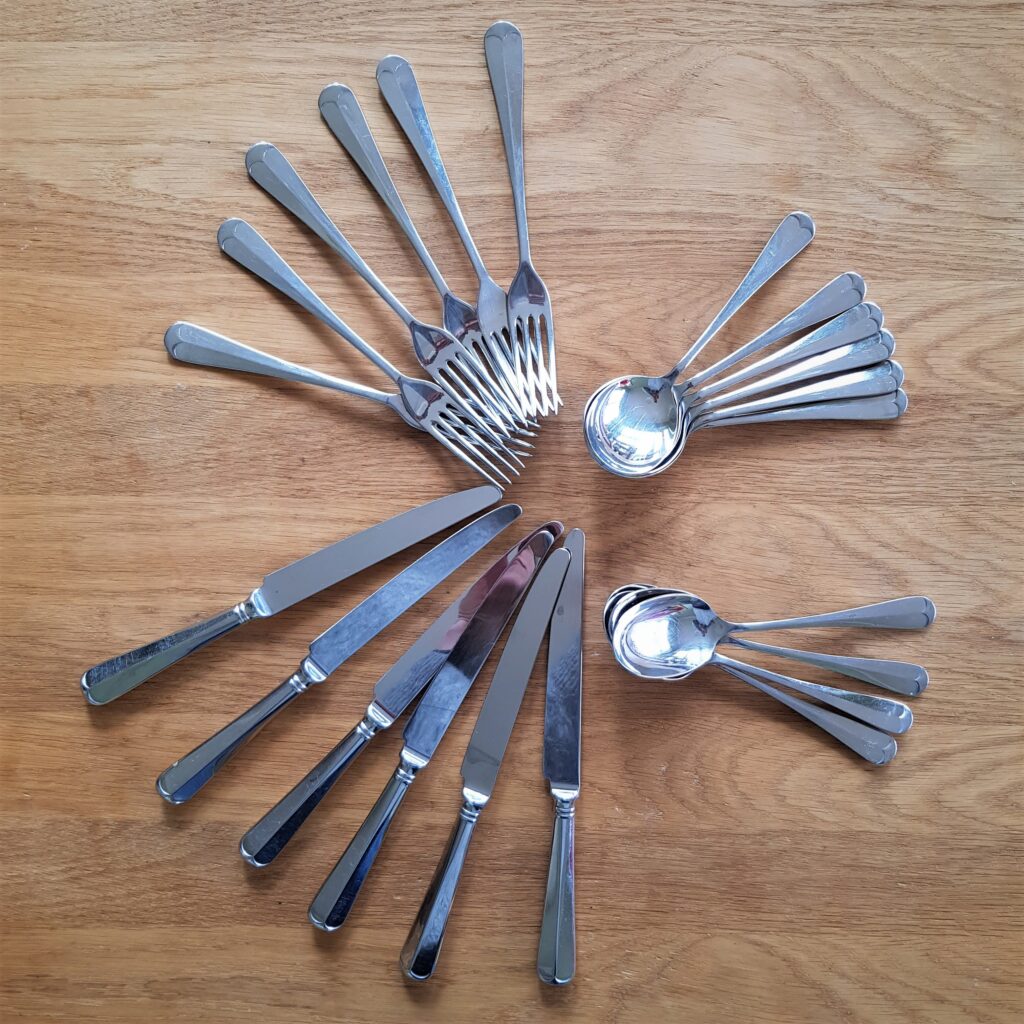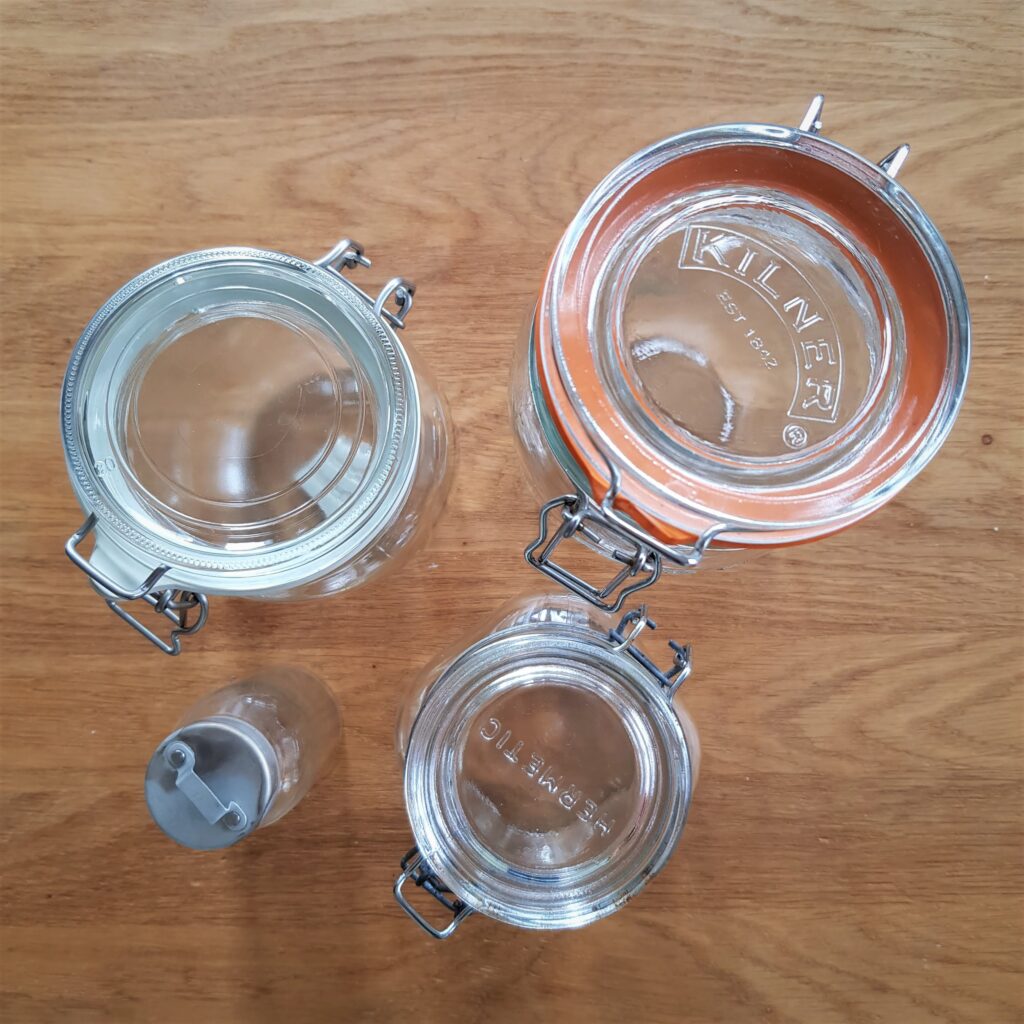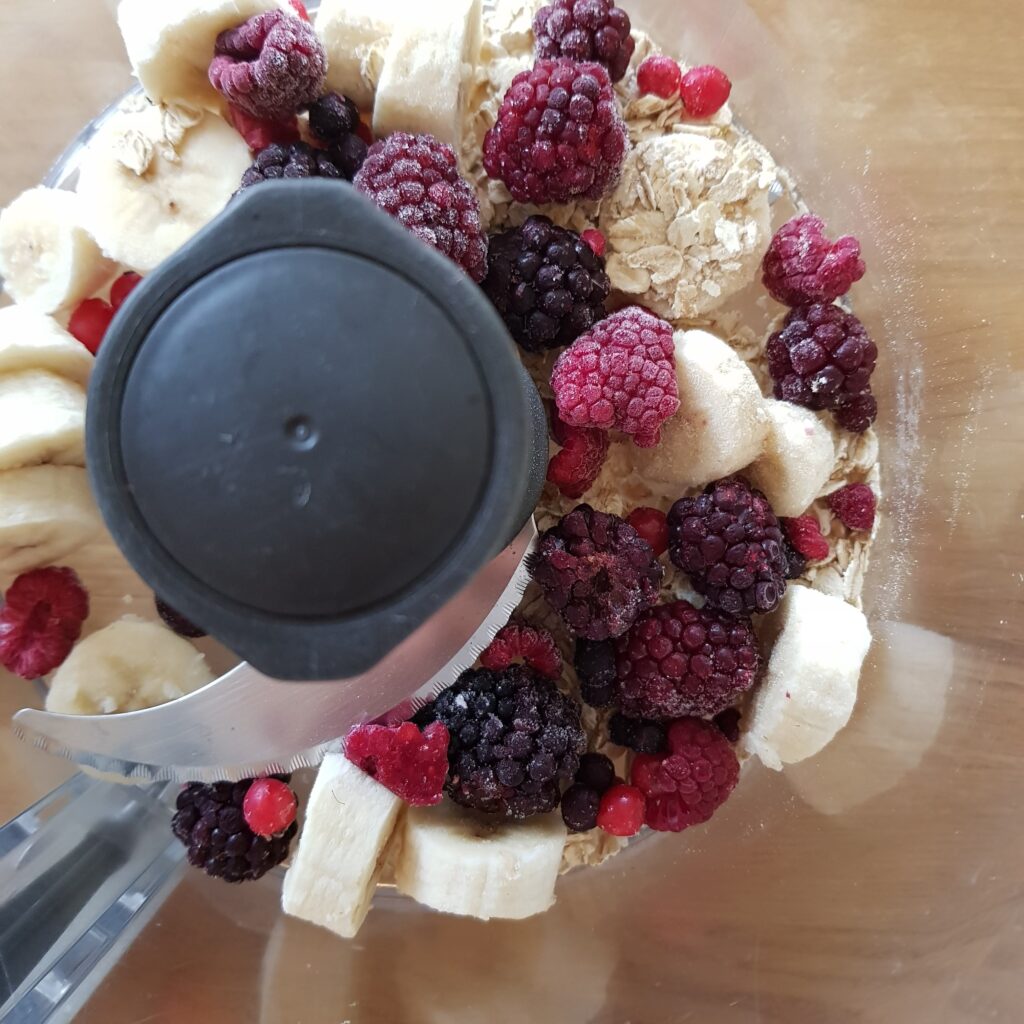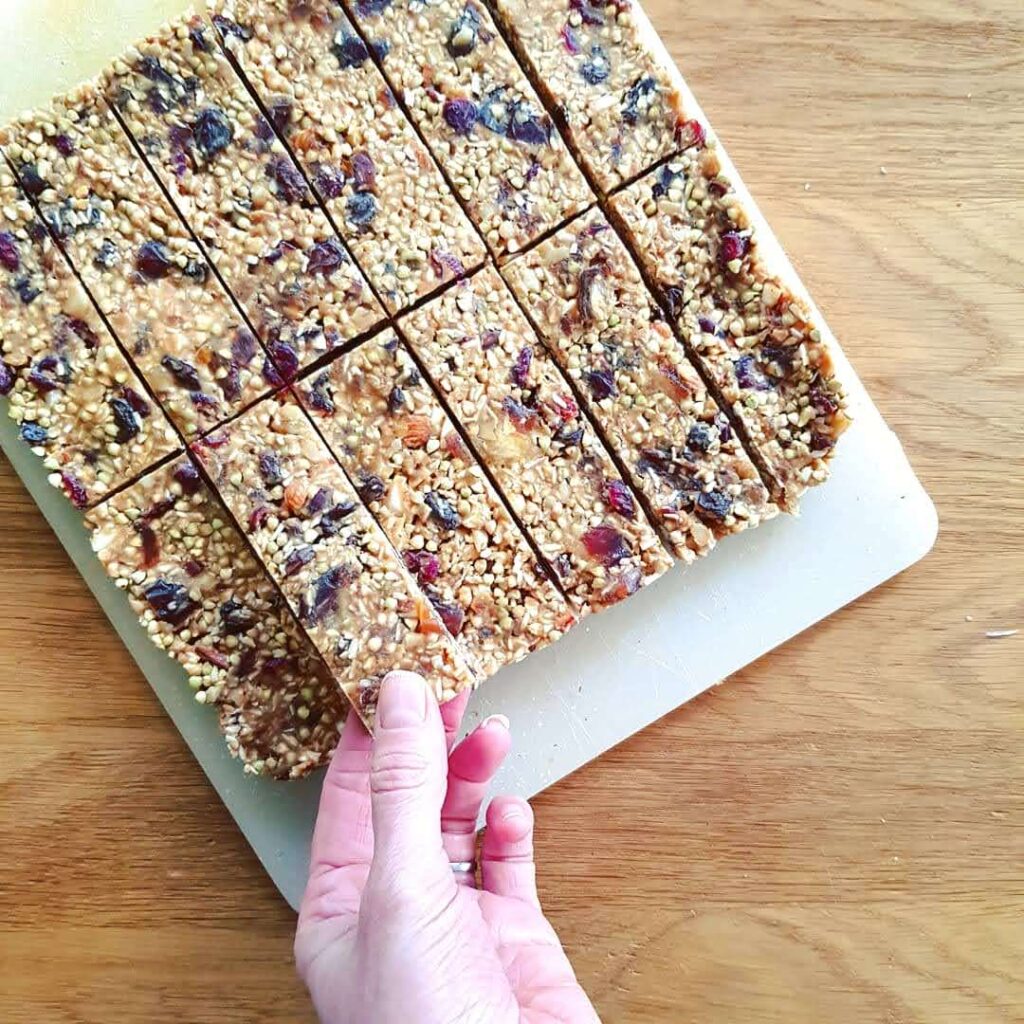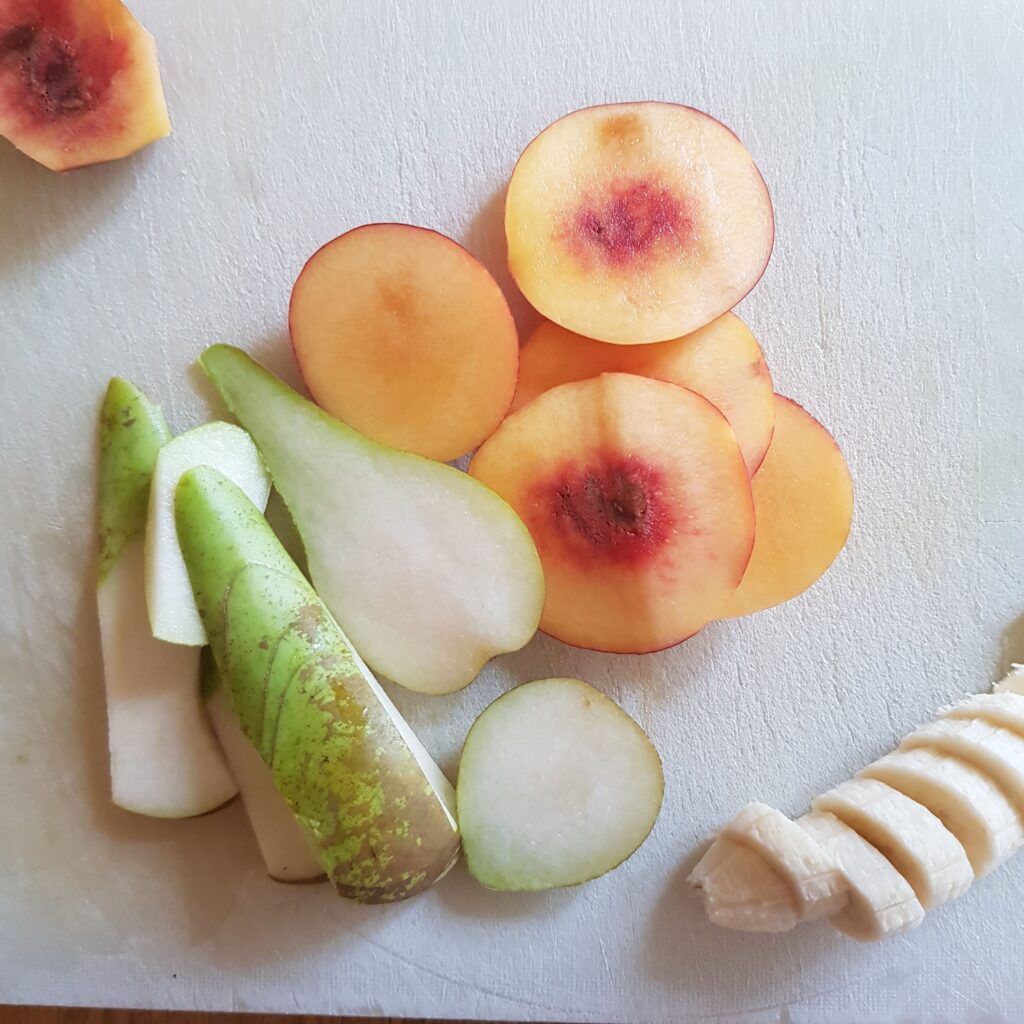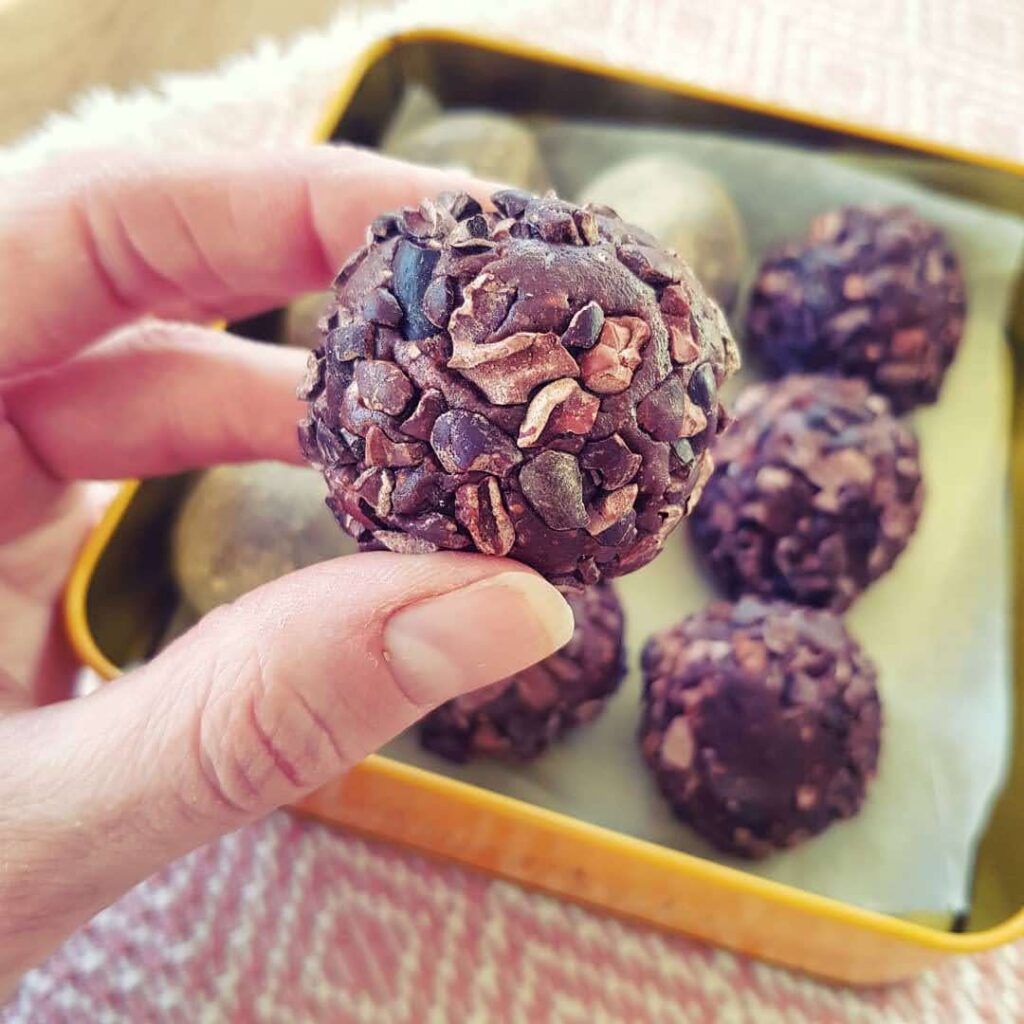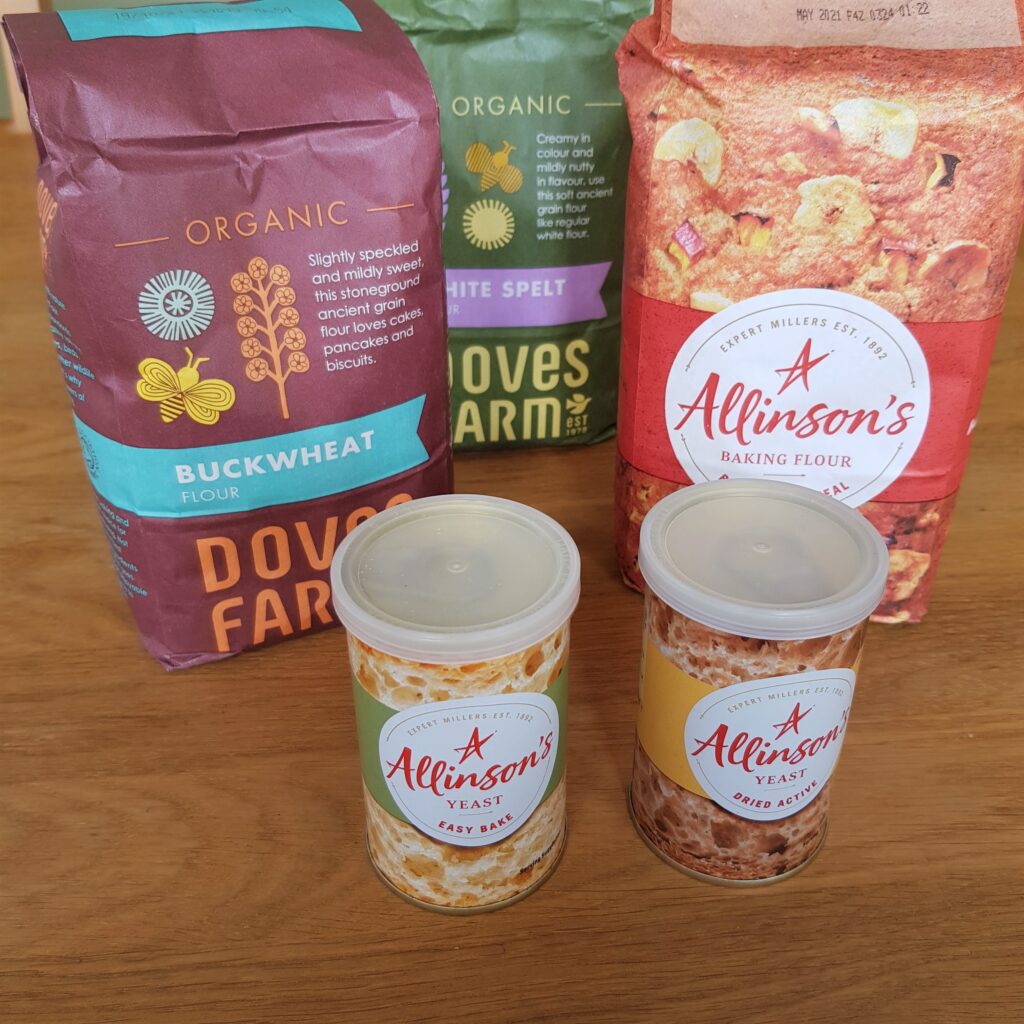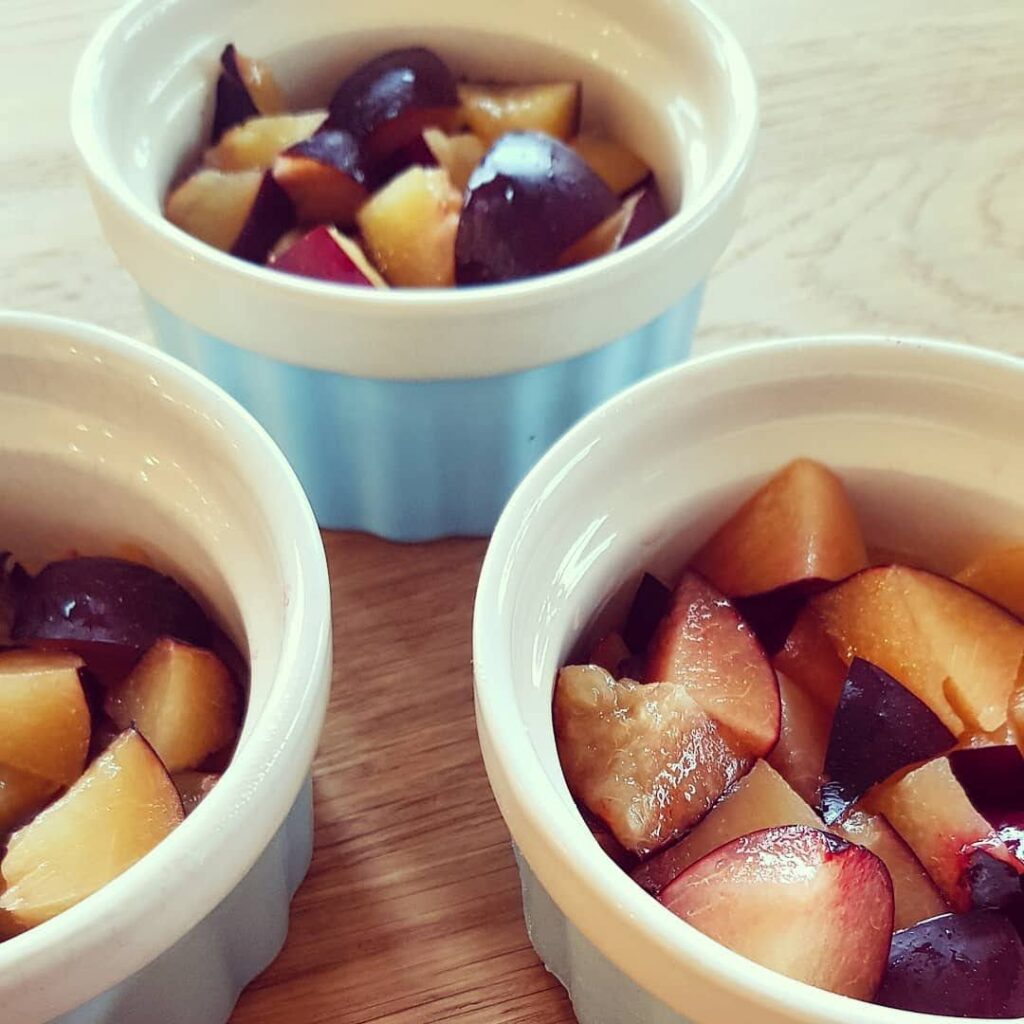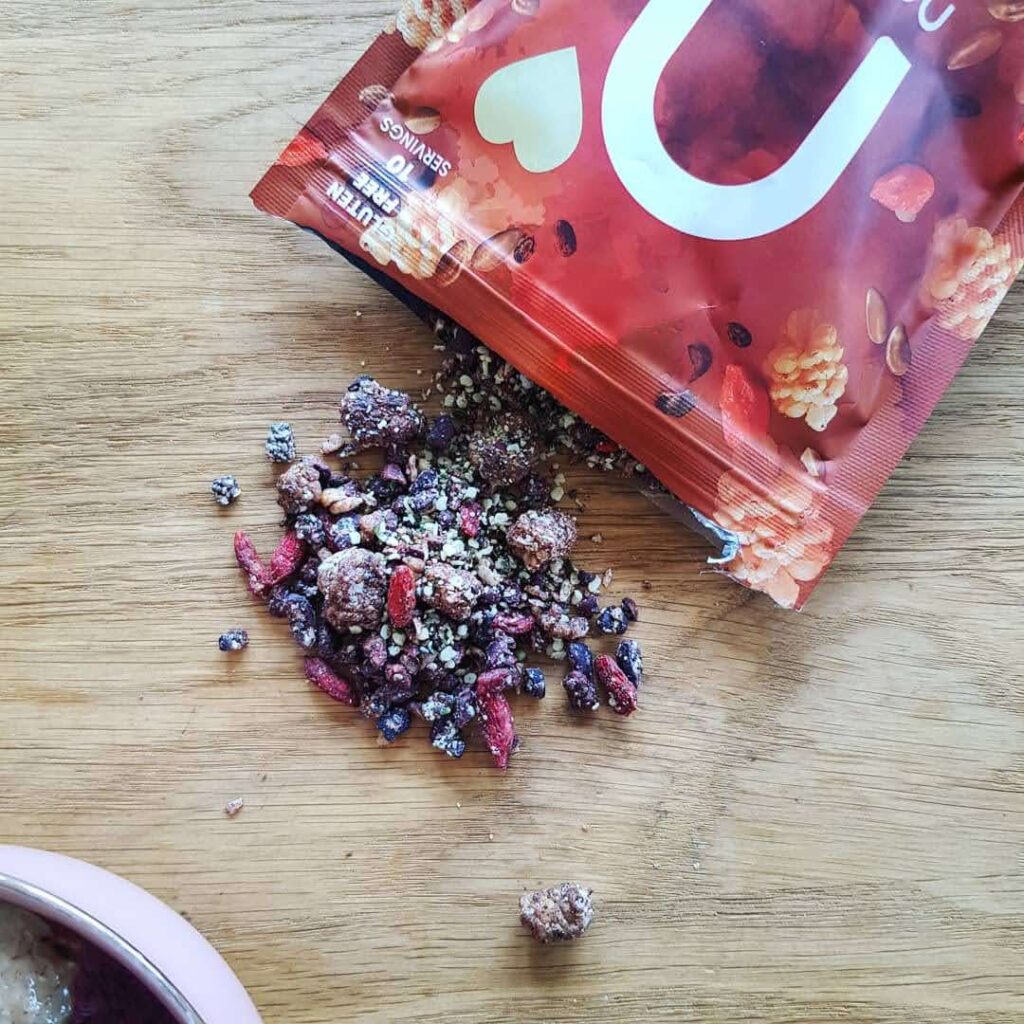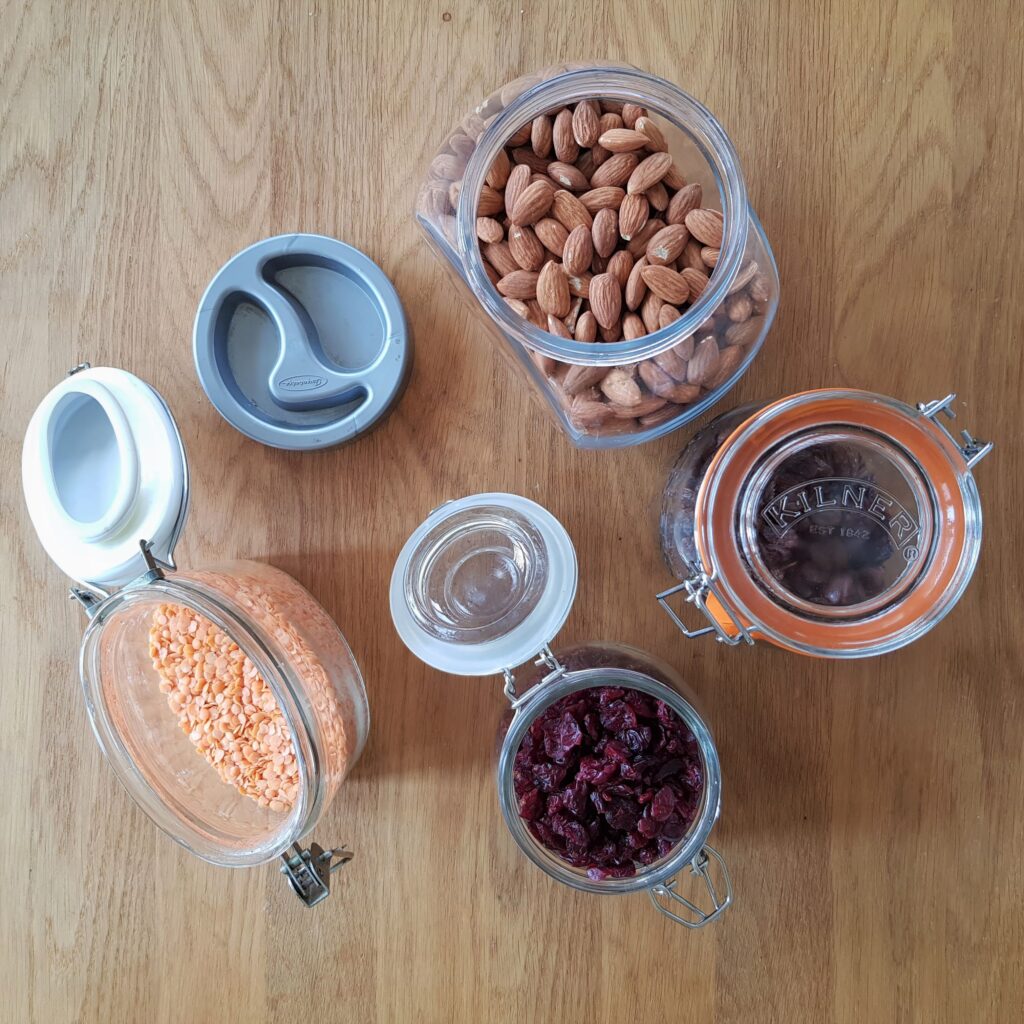Make a list of everything you need to store in the kitchen, from utensils, pots, pans and mixing bowls, to worktop appliances such as food processors and stand mixers. Take a look at the list below for guidance and consider how often you use each item and therefore, how easily accessible it needs to be.
- Crockery: all plates, bowls, mugs, teapots, and other everyday crockery
- Glasses, water jars and decanters
- Tupperware storage tubs and cake boxes
- Children’s crockery, if applicable, including plastic cups, plates, and bowls
- Baking trays, cake tins, muffin trays, bread tins etc
- Mixing bowls, oven dishes, serving bowls and dishes
- Cooking utensils, eg. Turners, slotted spoons, serving spoons, whisks, tin openers, graters, wooden spoons, spatulas, chopping boards
- Cutlery and knives
- Pots and pans, and casseroles, and whether you prefer to store these in a drawer or cupboard
- Storage containers when not in use, for example, Kilner jars, which can take up a lot of space but go in and out of use
- Measuring jugs
- Small appliances, eg. Stick blender, hand-held electric whisk, electric carving knife, blender
- Worktop appliances, eg, food processor, stand mixer, kettle, toaster, slow cooker
- Tea towels and kitchen linen
- Placemats
- Films, foils, baking paper, food bags, bin bags
- Seasonal items such as ice-lolly moulds, and other occasionally used items
- Special crockery, such as tea sets, or other items used on special occasions
- Cleaning products: spray cleaners, washing up liquid, washing liquid and fabric conditioner, cloths, sponges, and all other cleaning items
